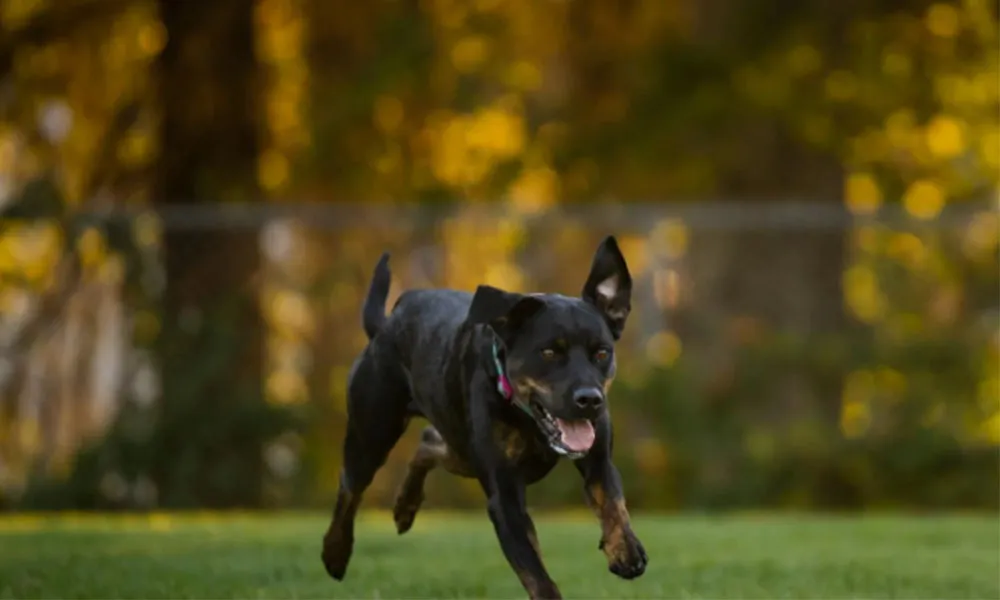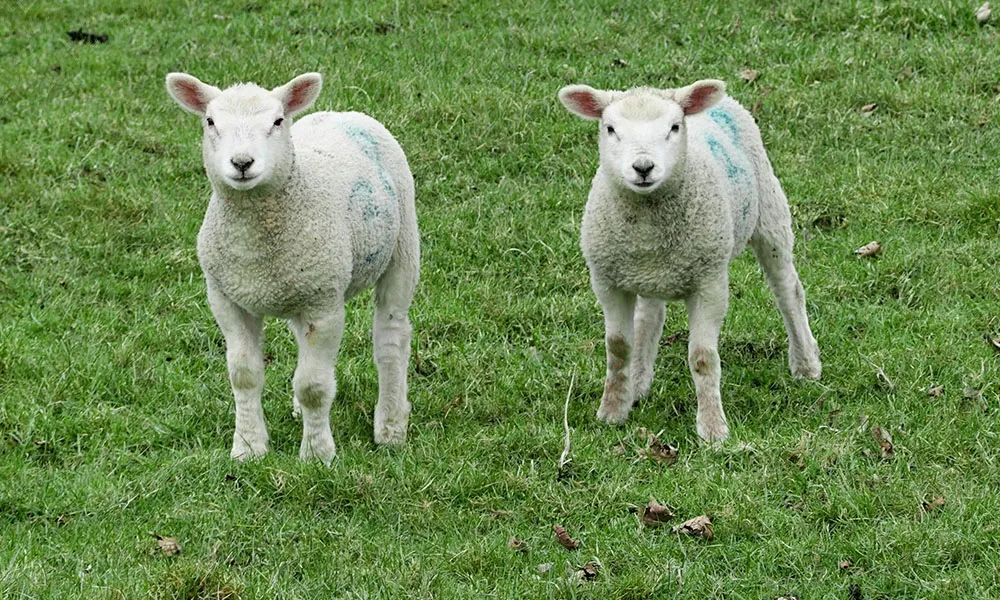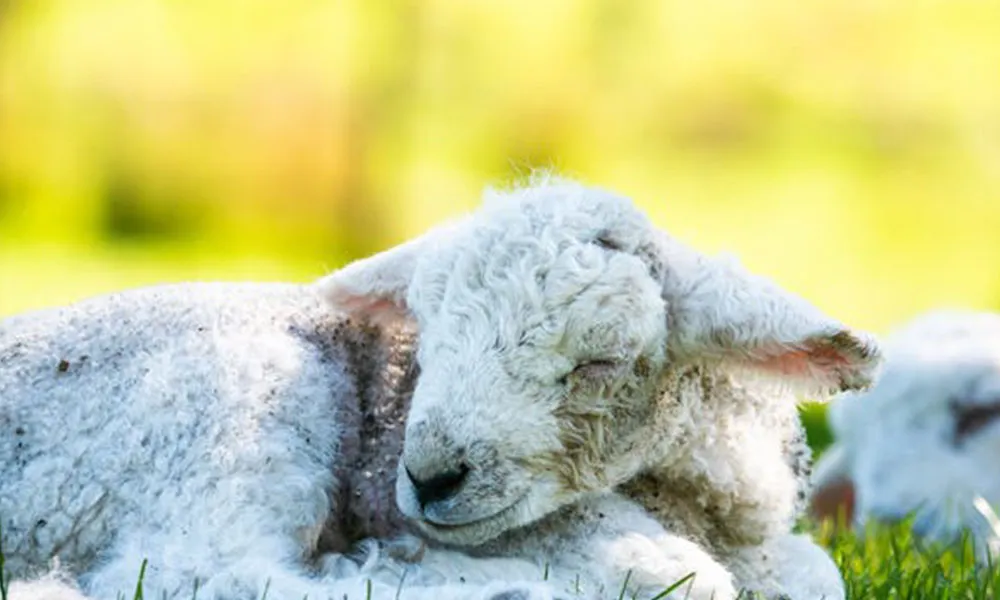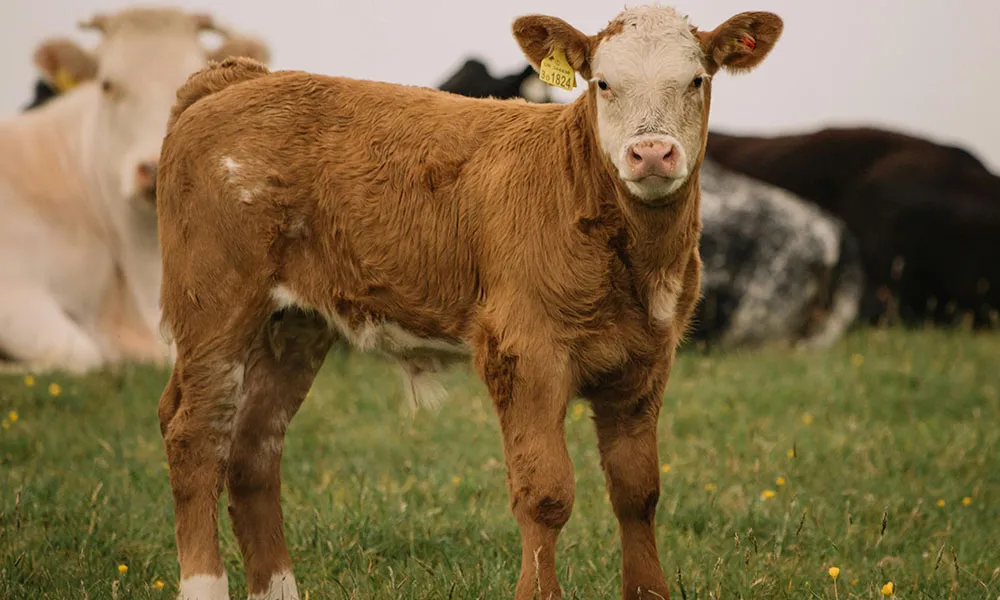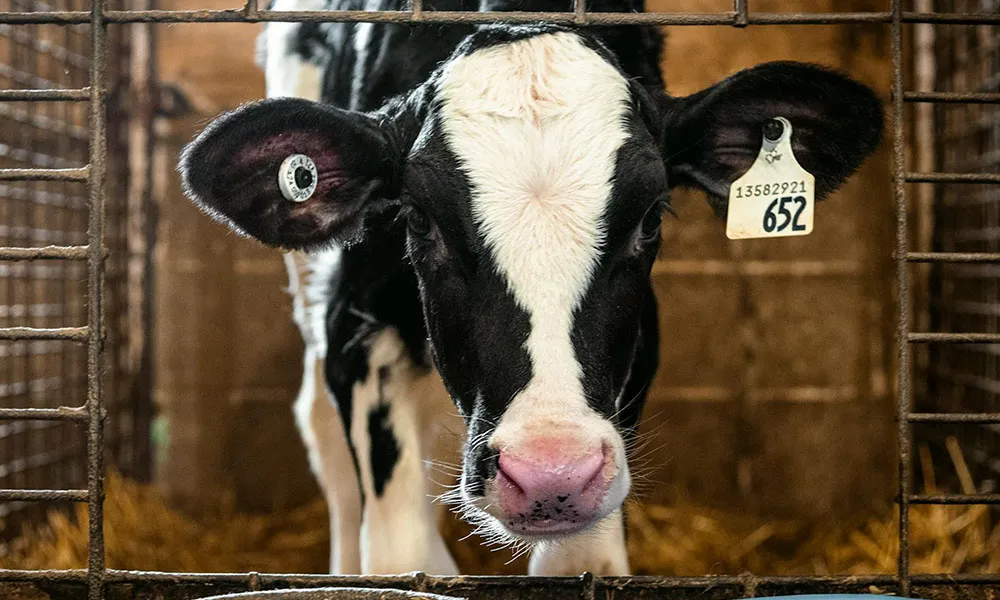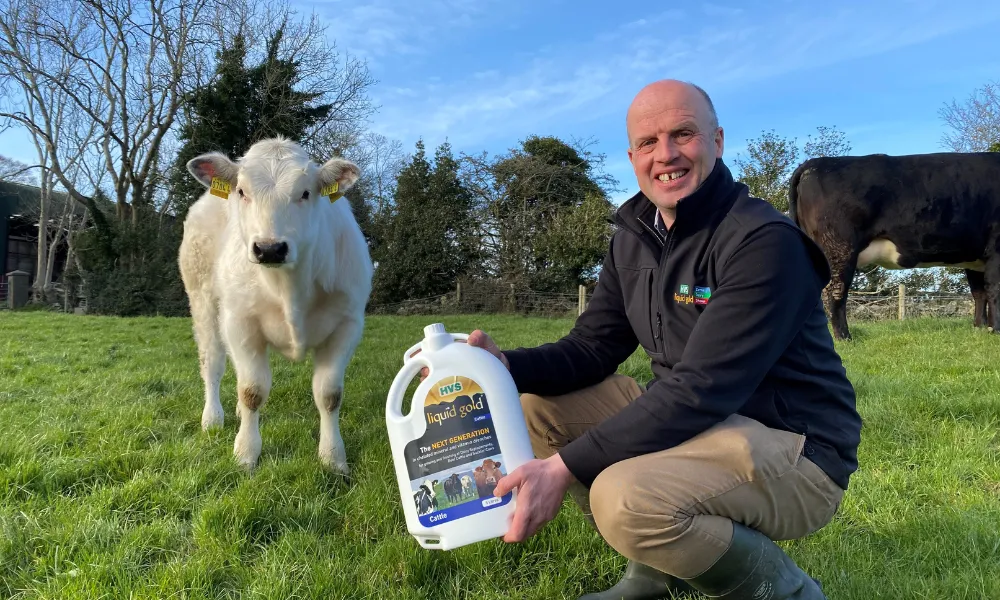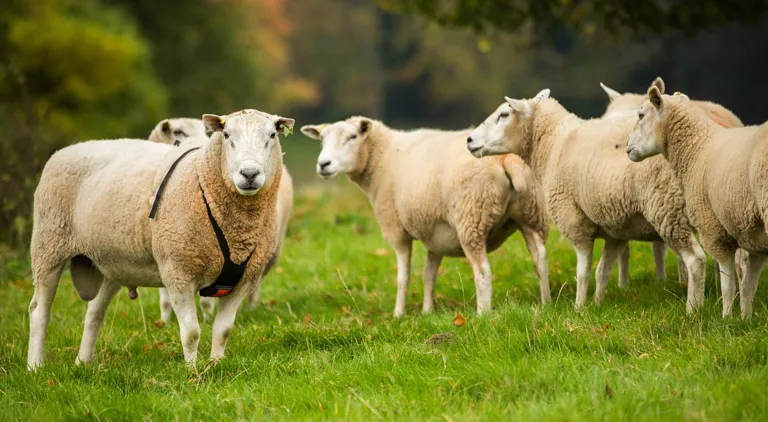
It’s coming to that time of year again when sheep farmers are thinking about the mating season for their flocks.
Most people are looking to the future lambing period and thinking about getting the timing right so they’re lambing at a time that suits. They’re considering how long or short a lambing period they are aiming for, what market they want to have lambs ready for and whether they are going to lamb indoors or out.
While all these are important things to think about, there is an air of “counting your chickens before they hatch” about it. I used to be one of these sheep farmers, thinking solely about letting the ram out based on when I could be confident of having grass for the lambs when born. I knew that the ewes had to be in good order at tupping but as long as they had grass in front of them from three weeks out for flushing, I was happy enough to throw the ram in and let nature take care of the rest.
However this attitude eventually caught up with me. One year, when lambing started, it soon became apparent that I had a lot of dry ewes. And of those that did lamb, most only had singles. Looking back at the pre-tupping period, I realised that there is a lot more I should have considered when it came to the tupping season.
So I’m going to pass on what I learnt so that others don’t make the same mistake.
Management pre-tupping
Body Score
There is a target body score at the point of tupping. For lowland ewes it is 3.0-3.5 and for hill ewes 2.5-3.0. You need to start assessing scores a few months before tupping, every three/four weeks in the lead up to the date you’re hoping to let the rams out. (If you aren’t sure how to fat score sheep there are instructions online or you could ask someone to show you.) You should batch ewes based on the scores, letting thinner ewes onto better grass earlier. It takes three to five weeks on good grass (2300 kg dry matter per hectare or 7 cm high) to put on 0.5 body score. If they are struggling to make condition you can consider supplementing with meal.
Minerals
To help get to the right score and to maintain health you should look at supplementing them with minerals. At the bare minimum you should give them some cobalt as this is vital for fertility in sheep. However there is a wide range of products available that offer a wider range of minerals for flock health, whether it is mineral blocks/licks, drenches or boluses. Minerals help maintain sheep health as well as promoting growth and thrive. Most importantly minerals are required for fertility and with weather conditions that have been so extreme recently many grasses just won’t have enough minerals to meet the flocks’ requirements as was the case last year with increased reports of dry ewes around the country.
Mineral Blocks/Licks
The mineral block offers the simplest means of giving minerals (simply leave a few in the field with the ewes), but it can be unreliable as you can’t be sure that all ewes are getting adequate amounts if any at all. However if you don’t think you have a huge issue with minerals and are confident that the ewes that need minerals will get what they need they can be useful.
Mineral Drenches
Drenches are more reliable as you are sure that each sheep is getting the required dose.
There is a huge range of mineral drenches available for pre tupping and can be found here.
Auctus Nutrivit Breeding Ewe is one of the more popular options as it has been designed for ewes at tupping and contains Pre-biotic that strengthen the ewe’s immune system, helping protecting against bacterial and viral infections. It has been shown to increase conception rates, decrease the amount of still births and help produce stronger lambs at birth.
Personally I would give two doses at four week intervals when you are scoring the ewes, from four weeks before tupping with the last dose when the rams are let out. This will ensure that they will have adequate minerals for the tupping period as well. You can also give another when the ram is removed however this will depend on your fertility programme.
Daragh O’Rourke from Auctus gives his advice on using breeding ewe as follows:
“Nutrigain Breeding Ewe should be an essential fertility tool for ewes this year.
With grass quality extremely poor over the past month to 6 weeks, Breeding Ewe will provide essential Chelated Trace Elements, Minerals, Vitamins and Amino Acids.
In order to maximise fertility in the flock, Breeding Ewe should be administered 4 to 6 weeks prior to ram turnout.
This will give the best results, giving time for the ewe to absorb the nutrients and look after any deficiencies which may have arisen prior to the ram being let out.
Auctus have reported that customers have been extremely happy with conception rates and the number of lambs per ewe born once Breeding Ewe has been used as part of their fertility program.”
If you are using a mineral drench you should always refer to the label on dose rates and best advice on usage.
Mineral Boluses
Boluses are another good option for getting minerals into the flock, with the added benefit of knowing that they will have adequate supplementation for the whole period from tupping to lambing. Again there are a number of options available and can be found here
Health
On another note it is advised that you carry out all ewe preparations for tupping, including veterinary treatments, i.e. worming, at least three weeks before mating.
Ewes will need time to recover from the stress of these activities before the ram is let out.
If you are buying in replacements, you should be aiming to have them all purchased a minimum of three weeks in advance of letting the ram out to give them time to adjust to their new surroundings, not to mention that this is the minimum quarantine time new purchases need in case they are carrying any diseases.
It is also advisable to ask the seller if they’ve been getting meal, as ewes that have been given meal could lose condition quickly if not getting any on your farm; you may need time to wean them off it if you aren’t going to be feeding meal throughout the tupping period.
If mating ewe lambs they should be at least 75 per cent of mature body weight at mating. This means that, for a lowland crossbred flock with an average mature weight of 60-70 kg, ewe lambs need to be more than 45 kg at mating.
Managing rams before mating Fertility and Virility
It takes about seven weeks to prepare rams for tupping, therefore get your Vet to carry out a fertility check now.
If you have one infertile ewe it’s not the end of the world but one infertile ram can be catastrophic.
Another thing to be aware of is to make sure you have enough rams for your flock.
Having one old reliable ram on back up to cover any missed ewes is always a good idea.
Rams are at their best between 2 and 5 years old and can cover between 60 to 80 ewes if required but 40-60 is ideal. (Some farmers have higher numbers but too many ewes to the ram is playing a risky game.)
Ram lambs can cover up to 40 ewes but no more than 30 is recommended.
Older rams can cover up to 50 depending on age and condition but I would avoid any more than 40.
If you are sponging ewes then you will need a ram for every 8 to 10 ewes. Ram lambs should be avoided if you are sponging.
Feeding
Rams are in for a lot of work over the tupping period and will lose a lot of condition so it is vital that they have the condition there to lose. You can feed a high energy, 16-18 per cent protein ration at 0.75 kg per head per day and graze on good swards.
Aim for a body score of 4 pre-tupping.
You don’t want to feed a ewe ration to rams as high levels can cause urinary calculi.
You should be getting rams back into condition from the previous tupping season with good grass and only starting to feed meal from 6 to 7 weeks out.
As with the ewes, minerals should be administered at least 4 weeks out from tupping, whether block, drench or bolus is up to you.
Health
Vaccines and fluke and worm drenches should be administrated at least three weeks before tupping.
If you are using a mating harness on your rams you should be getting them used to wearing it at least three weeks in advance.
Many farmers simply put it on as they are letting the ram out to the ewes, but this can distress the ram and disrupt their mating.
Check the ram frequently for any problems with their feet.
If there are any problems in the week before letting them out it might be best to find another/spare ram as even if they are on the road to recovery they still won’t be in peak condition and problems can arise.
Swap him out for the spare ram and aim to have him recovered for cleaning up missed ewes later.
So now you have my advice for the pre-tupping season.
If you follow these steps now you can avoid my mistakes and have a good crop of healthy lambs next year.
Remember - look after your flock and your flock will look after you.
RGA




